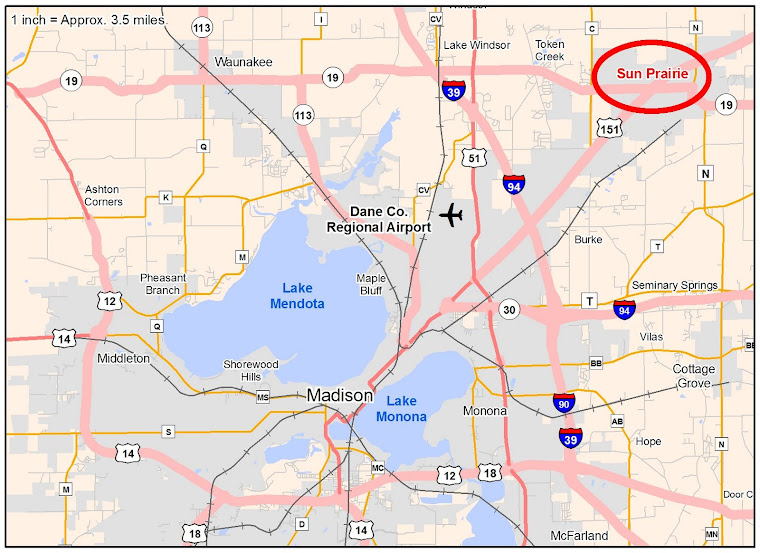Community Leaders Prioritize Competitive Assessment Findings
Market Street Services, the consultant being retained by THRIVE, has completed their Phase I Competitive Assessment for the Madison Region. The following are based on survey responses and available economic and statistical data on the region's economy.
Key findings include:
- Population growth remains strong, but trails peers.
- Net migration into the Madison Region is limited geographically.
- The regional workforce pipeline is strong, but some segments are more
secure than others. - Minority populations are growing rapidly, but still represent very small shares
of the regional population. - Educational attainment is exceptional and increasing.
- Per capita income is below the national average and growing slower than
peers. - Socioeconomic disparities within the Madison Region are dramatic.
- Poverty is low, but growing faster than most peer regions.
- School performance and achievement is uneven across the region and
between socioeconomic groups. - Regional confidence in K–12 education is strong.
- Regional employment reached its lowest point in February 2010.
- Not all sectors fared poorly during the Great Recession.
- Confidence in the labor market remains high.
- Wages are growing but still lag peer and national averages.
- Economic diversification will be critical to long-term prosperity.
- Wages have grown in all sectors, but are below the national averages.
- The older workforce is spread out among many sectors.
- National rankings show middle-of-the-road business climate.
- The number of regional businesses has dropped.
- Access to capital for entrepreneurs is difficult.
- Regional small businesses have shown anemic or negative growth.
- Innovation in the region is dominated by the University of Wisconsin–
Madison, which outpaces all competitor regions’ research universities. - Cost of living – especially health care – is high.
- However, health care access is extensive and quality is world-class.
- The Madison metro’s housing prices are the highest and fastest-growing in
the region. - The Madison Region is served by extensive infrastructure networks, but some
still lag in competitiveness. - Although public transportation is relatively pricey, coverage in the urban core
is good and regional residents can also employ other alternative means of
commuting. - Implications for environmental hazards and remediation in Dane County.
- Quality of place amenities for residents are excellent, but tourism capacity
and access to these is weak. - Civic capacity is robust.
1 University of Wisconsin-Madison
2 People
3 Schools/education
4 Environment/natural beauty
5 Diversity
6 Arts/culture
7 Lakes
8 Quality of life
9 Workforce and work ethic
10 Progressive/liberal
Madison Region's Weaknesses and Challenges
1 Economic climate/jobs/unemployment
2 Divisive politics
3 State/Governor
T4 Cost of Living
T4 Taxes
6 Segregation/lack of diversity
7 Poverty
8 Transportation/connectivity
9 Crime
10 Conflicting attitudes about growth/development
Link to THRIVE News Release: http://advancenow.thrivehere.org/news/21/read-article/
Link to Executive Summary of the Report: http://advancenow.thrivehere.org/assets/files/163631_CompetitiveAssessment_ExecutiveSummary.pdf
Link to Full Report: http://advancenow.thrivehere.org/assets/files/150230_CompetitiveAssessment_FullReport.pdf
Blogger's Note: Short version...I think sooner we realize that the rest of the world does not think we are as great here in this region as we do, the faster we'll make progress here. The cost of living/doing business in Madison, politics and overall business climate in Madison seems to be the primary issues holding us back. Personally, I also see there is often a significant difference of opinion on economic development between Madison and the rest of Dane County, and between Dane County and the rest of the region. The needs differ across the region, as do the best solutions for local economies. The biggest issues on this list in my opinion are:
- Lagging population growth rates compared to peers.
- Increasing poverty rates, lagging wage rates, and and increasing cost of living.
- Attraction and retainage of skilled workforce.
- Unbalanced migration patterns.
- Lack of diversity in the regional economy.
- Decreasing number of businesses and employers.
- Regional infrastructure related issues.
.









No comments:
Post a Comment